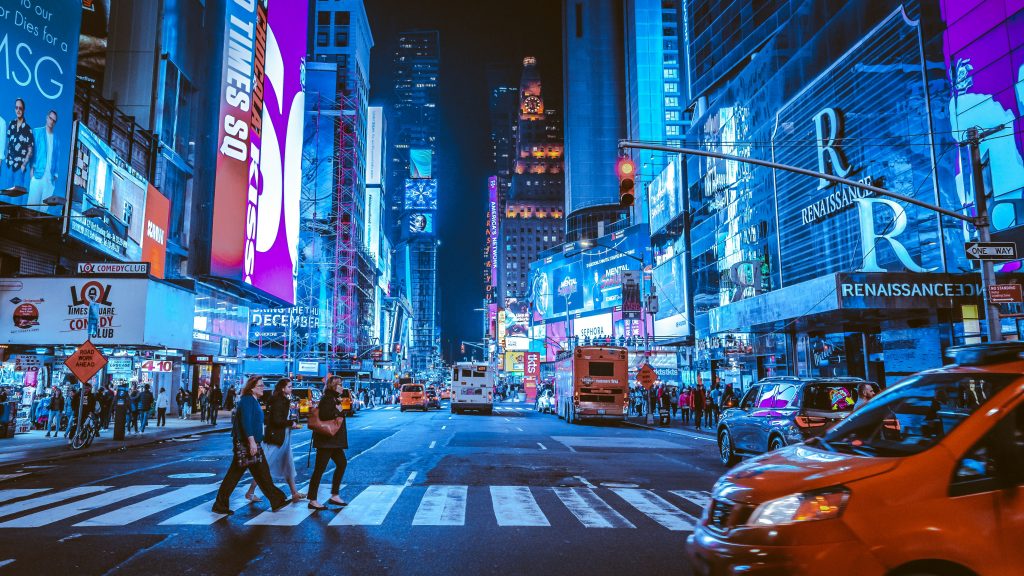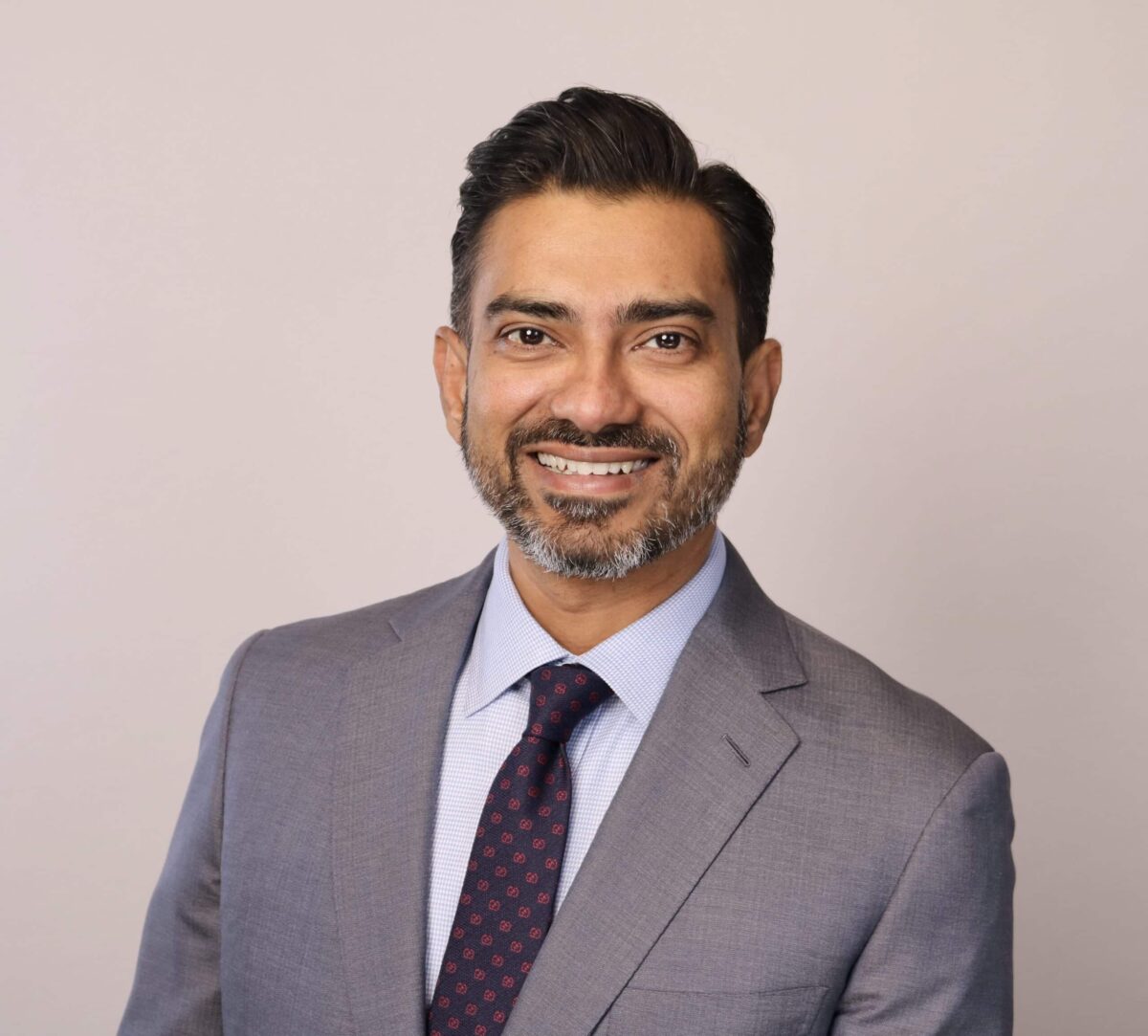I’m spending a couple days in New York and, as always, the city has a way of stirring reflection. There’s something extraordinary about walking these streets and hearing a dozen different languages in a single block. From Ellis Island to JFK, millions have arrived here chasing opportunity—bringing with them dreams, ideas, culture, and resilience.
This isn’t a post about politics. It’s about people.

Diversity matters. Not just in the abstract or as a checkbox, but in a deeply practical, human way. A person from Mumbai may solve a challenge differently than someone from Warsaw or Montgomery, Alabama. Their tools, lenses, and reference points are different—shaped by unique lived experiences. And that’s not a bug. That’s the feature.
In business—and in life—our real competition isn’t each other. It’s the big, gnarly problems we’re all trying to solve: making products more accessible, improving health outcomes, scaling sustainability, building systems that work for everyone. The larger the problem, the more diverse the thinking required to solve it.
Consider how global companies innovate. Some of the best product breakthroughs emerge when teams with wildly different perspectives come together: an engineer in Bangalore, a marketer in São Paulo, a product manager in Toronto. They might disagree. They might see the world in different ways. But when you lean into those differences—when you create the space for real exchange—magic can happen.
The same is true at the local level. Some of the best ideas I’ve seen in startups or mid-market companies didn’t come from the top down. They came from someone on the floor, someone with a different background, a different vantage point. Diversity isn’t about checking a box—it’s about opening a window.
When we’re building teams, entering new markets, designing customer experiences—diversity should be foundational. Because uniformity may feel efficient, but it’s rarely transformative. True innovation happens when we bring in voices that challenge the status quo, not echo it.
This also means building the kind of culture where people feel safe to be themselves, to speak up, to bring ideas that might feel offbeat. Psychological safety is the silent partner to diversity. Without it, differences don’t surface. They hide.
As Satya Nadella once said, “Empathy makes you a better innovator.” And empathy grows through exposure to people different from yourself.
New York, in all its chaos, contradictions, and colors, is a living reminder of this truth. It’s a place where cultures collide—and yet somehow, still cohere. There’s something powerful about that. It’s not perfect. But it’s dynamic. And that’s what we need more of in business.
So let’s make diversity more than a goal. Let’s make it a strategy. Let’s see each other—really see each other—not as categories or metrics, but as deeply complex, creative, valuable individuals.
From NYC—with all its noise and nuance—I’m reminded that the best teams, like the best cities, are mosaics. And their strength lies in their pieces.

